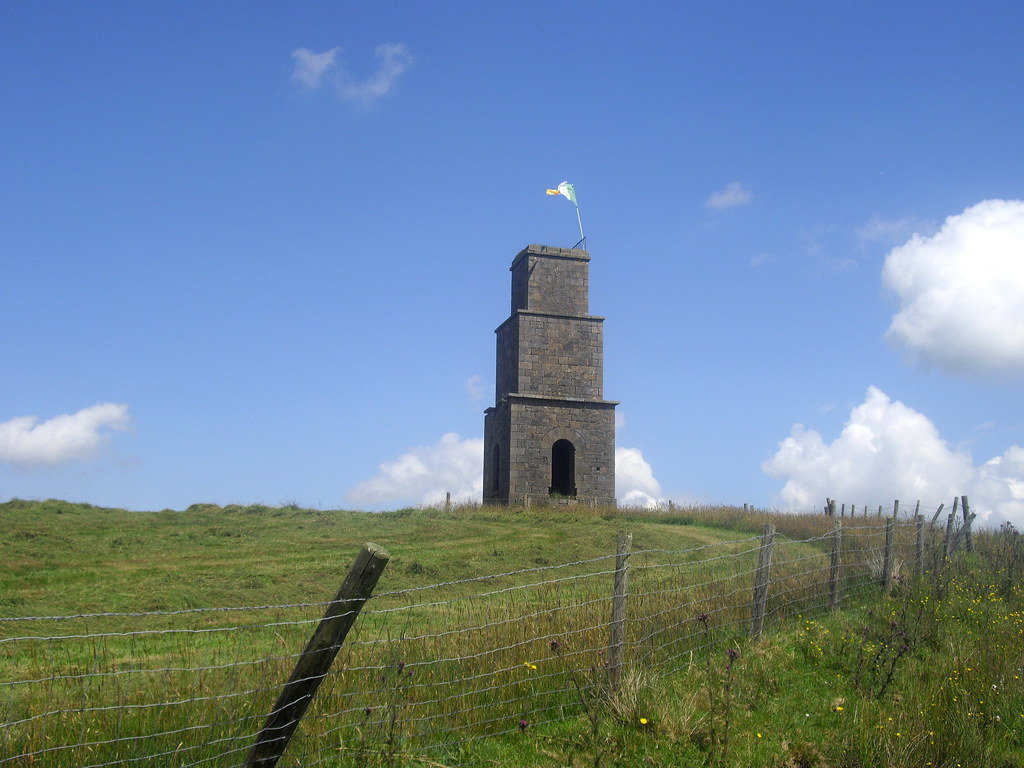Its construction, however, did have a purpose.
The 42-meter-tall folly was constructed in 1740 when the Irish famine of 1740-1741 was at its worst.
Conolly’s Folly constructed during the Irish famine of 1740-1741.
These structures are collectively referred to as famine follies.
Before the Great Famine hit Ireland in 1845, the countrys population was over eight million.
Two-thirds of those depended on agriculture for their survival, but they rarely received a working wage.

Caddell’s Folly, erected by Richard Caddell, in the village of Naul.
Potatoes became the main food for the farmers since only the potato can be grown in sufficient quantity.
It did not require rich soil and a small patch could produce an annual supply.
It was, however, subject to disease.
A million people died of starvation.
Trevelyan was a strident believer in the principles oflaissez-fairegovernment and the free hand of the market.
Trevelyan believed that Ireland needed to heal itself from within, without the substantial aid from the British Government.
Hussey’s Folly in Black Point, County Kerry, built in 1845.
Instead, he initiated a new relief programme of public works.
They smashed up rocks and carried the rubble to construction sites where they were fitted into place.
Many of the workers, malnourished and weakened by illness, perished.
John Mitchel, a young Irish nationalist activist and contemporary to Charles Trevelyan, called the famine artificial.
The Almighty, indeed, sent the potato blight, but the English created the famine.
Hussey’s Folly in Black Point, County Kerry.
Photo credit:mellow cat/Flickr
Conolly’s Folly constructed during the Irish famine of 1740-1741.
Photo credit:Bart Busschots/Flickr
Architectural details of the Wonderful Barn.
Photo credit:Tom Bastin/Flickr
Scolpaig Tower.








